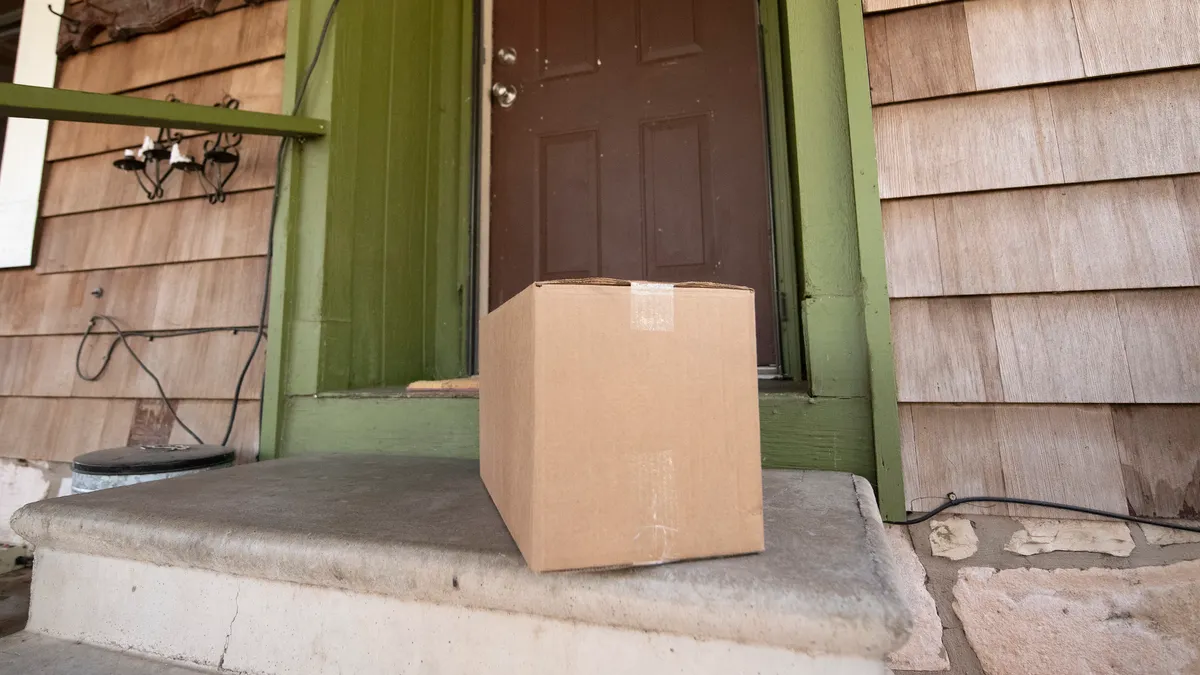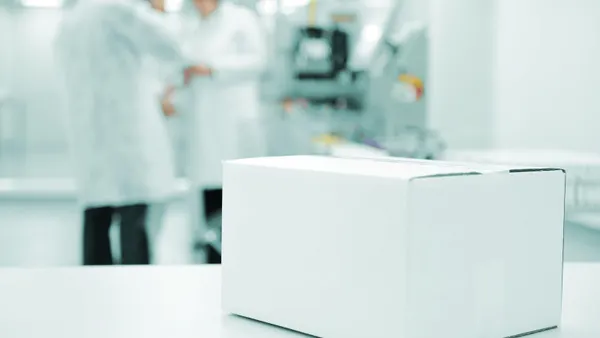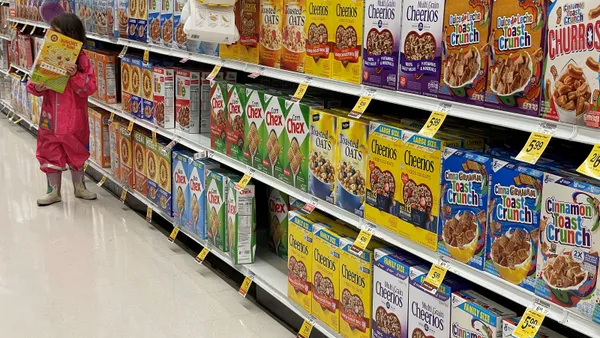Dive Brief:
- Amazon plans to extend its “Ships in Product Packaging” program in 2024 to the hundreds of thousands of sellers that use Fulfillment by Amazon.
- The e-commerce giant detailed the initiative last week as part of its new Sustainability Solutions Hub. That resource for sellers will feature data such as the estimated package weight avoided for a seller’s certified products, as well as the potential weight savings for products not yet certified.
- Amazon said products certified to ship in their own packaging can be eligible for lower fulfillment fees. It has not yet shared fee rates.
Dive Insight:
Amazon has framed packaging changes as an important part of its sustainability efforts. The company reports that since 2015, sustainable packaging programs have avoided more than 2 million tons of packaging materials, and last year Amazon shipped 11% of its items globally without added Amazon packaging. Average packaging weight per shipment also fell 41% between 2015 and 2022.
Amazon said its Ships in Product Packaging program, formerly known as Ship in Own Container, allows it to work with sellers on redesigning packaging so products ship in branded product packaging without added Amazon delivery packaging. It piloted the program this year with select selling partners to gather feedback.
“In addition to the Sustainability Solutions Hub, Amazon continues to invent on behalf of selling partners to provide powerful tools and programs to support their sustainability efforts,” an Amazon spokesperson said in an email. The goal of expanding the Ships in Product Packaging program next year is “to help them drive down packaging waste.”
On top of the lower fulfillment fees, Amazon plugged cost-saving potential for sellers that embrace the more compact packaging approach through more efficient transportation. Amazon also touts the benefits of customers seeing sellers’ branding upon delivery and having an easier-to-open experience.
Separately, Amazon said this year it’s working to phase out padded mailer bags containing plastics in favor of recyclable paper alternatives. Last year, 49% of shipments were delivered in flexible packaging, with 40% in corrugated boxes.















